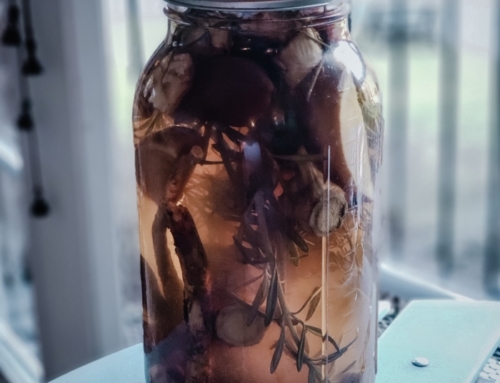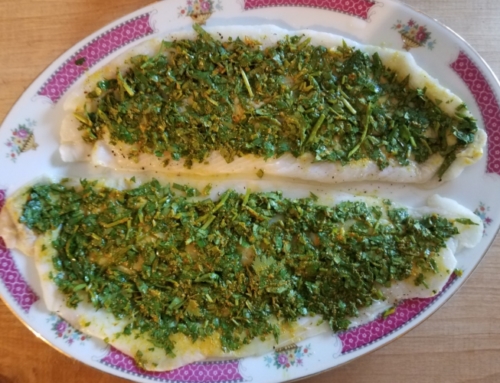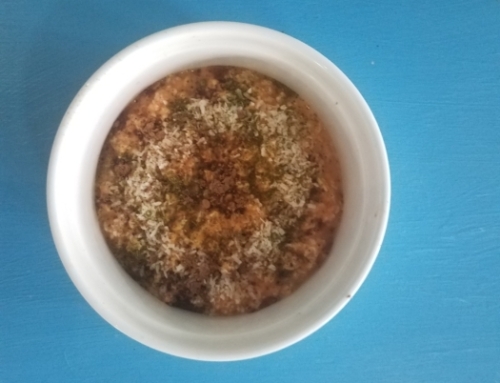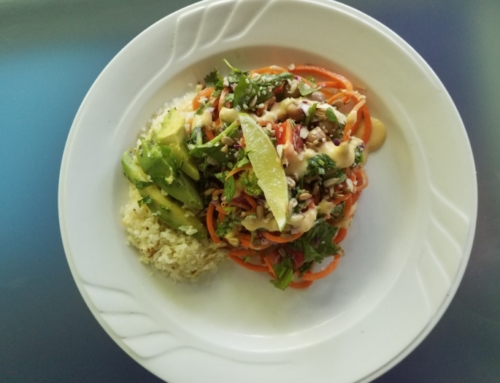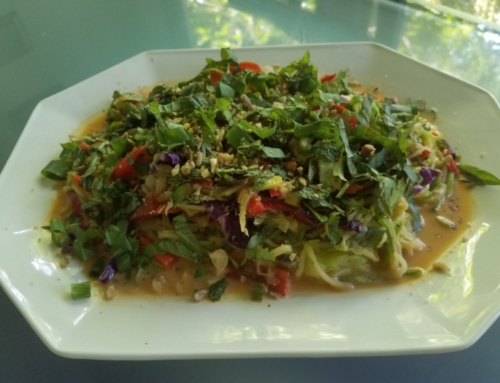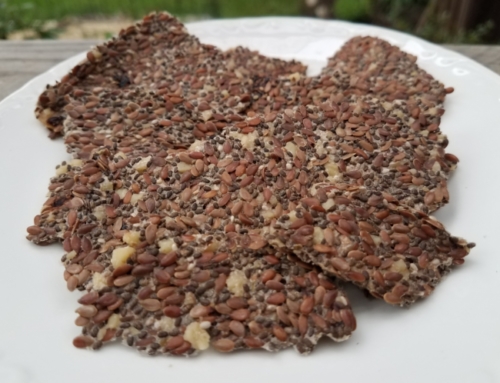Here we are week three already of our Back To Basics 101 series. We’ve been through water kefir, bone broth and now our focus will be on how and why to soak nuts, seeds, legumes and grains. In my book,“Live Vibrantly! 10 Steps to Maintain Youthfulness, Increase Energy and Restore Your Health”, I talk about soaking, fermenting, sprouting and why on earth would you want to do all this before consumption; what are the benefits and how do you do it?! It sounds time consuming, is it really though? Can you afford to not do it? This is what we are going to dissect together today. And at the bottom of this blog is one of my favorite recipes; Red Pepper Cream dip. So let’s dive in!
Traditionally
Many traditional cultures soaked and/or fermented their nuts and seeds, legumes and grains to break them down, to preserve them and prepare them for drying methods which lengthened the life of that food and prepared them to be ground into flours, porridge and so on. These processes were all part of traditional methods of preparing native, unprocessed foods.
Think about a seed that falls on the ground in nature for example. It doesn’t just sprout immediately. It has a protective coating on it that helps it survive until the conditions are right for life. After it gets rained on for a bit the nutritional inhibitors and toxic substances are removed and eventually it sprouts. The rain washes away the protective coating allowing the seed to release its life and sprout. That’s what you’re doing when you soak your nuts, seeds, legumes and grains in a water and culture base; releasing the life and making it available to you.
All nuts, seeds, legumes, grains require soaking in a cultured base and sprouting to break down their enzyme inhibitors and make their nutrients bioavailable. Nutritional inhibitors and toxic substances found in these can be minimized or eliminated by soaking. These inhibitors and toxic substances are enzyme inhibitors, phytates (phytic acid), polyphenols (tannins), and goitrogens.
What Are Enzyme Inhibitors?
There are digestive enzymes and metabolic enzymes. Digestive enzymes help break down food. Metabolic enzymes help every biological process the body does. Enzyme inhibitors will clog, warp or denature an active site of an enzyme. They may also bind to the enzyme, which will prevent the intended molecule from binding. Once again, the habits of traditional peoples should serve as a guide for us today even. They understood instinctively that these foods are best soaked or partially sprouted before eaten. This is because they contain numerous enzyme inhibitors that can put a real strain on the digestive mechanism if consumed in excess.
What Are Phytates?
Seeds, nuts, legumes and grains contain phytic acid or phytates. It serves as the main storage form of phosphorus in the them. When they sprout, phytate is broken down the phosphorus is released for use. Untreated phytic acid can combine with calcium, magnesium, copper, iron and especially zinc in the intestinal tract and block their absorption.
Soaking allows enzymes, lactobacilli and other helpful organisms to break down and neutralize a large portion of phytic acids. Soaking in warm water also neutralizes enzyme inhibitors and encourages the production of numerous beneficial enzymes. The action of these enzymes also increases the amount of many vitamins, especially B vitamins.
Why Soak?
- To remove or reduce phytic acid.
- To remove or reduce tannins.
- To neutralize the enzyme inhibitors.
- To encourage the production of beneficial enzymes.
- To increase the amounts of vitamins, especially B vitamins.
- To break down gluten and make digestion easier.
- To make the proteins more readily available for absorption.
- To prevent mineral deficiencies and bone loss.
- To help neutralize toxins in the colon and keep the colon clean.
- To prevent many health diseases and conditions.
Fun Facts:
Here are the three most commonly used methods and why I use all three:
- Soaking: Nuts, seeds, legumes and grains/cereals are often soaked in water overnight to begin to reduce their phytate content.
- Fermentation: Organic acids, formed during fermentation, promote phytate breakdown. Lactic acid fermentation is the preferred method.
- Sprouting: The sprouting of nuts, seeds, grains and legumes, also known as germination, causes phytate degradation.
Below is the basic soak recipe. The entire process requires from you only about 10 minutes at the start and no matter which final step you use, another 10-15 minutes. That’s a total of 20-25 minutes that could change how you feel, think, move, live. Adding this routine to your habits makes the difference in whether your nutrients are actually getting into your body; at a deep level and whether you are doing it in a way that builds up your body or tears it down. This little habit is one of those small things you can do for yourself that multiplies the benefits tenfold.
If you are maxed out and don’t have the bandwidth to add even one more thing to routine currently though, we are blessed these days to be able to purchase nuts, seeds, legumes and grains that have already been soaked and sprouted. They are missing the fermented step, but hey two out of three is better than nothing right! I love Blue Mountain Organics as a resource to purchase online. GoRaw is another line popular in stores and even Costco here on the West Coast for seeds only. But really, doing your own is a whole lot more budget friendly.
Basic Recipe To Soak, Ferment, Sprout Nuts, Seeds, Legumes and Grains/Cereals
1 cup raw, nut, seed, legume or grain/cereal
¼ cup water kefir
3 – 4 cups filtered (non-chlorinated) warm water
Combine ingredients in a large glass bowl with a lid. I just use a plate over the top of a bowl and that works fine. Stir to mix, cover and let sit for 8 – 12 hours. After elapsed time, drain, rinse and return to bowl damp and moist. Cover with a tea towel and let sit for another 4 – 8 hours depending on what you are working with. Smaller, less dense usually require shorter times. Depending on the “climate” in the area you set them, you might wish to rinse in between to keep them moist. You should see them starting to “open up” and swell at some point. Rinse one final time.
For Nuts, Seeds, Legumes And Grains You Plan to Grind
If you have a dehydrator, place them on sheets, spread out and dehydrate until desired crispness reached. If you don’t have a dehydrator you can place them on a cookie sheet then in your oven on the warm setting (be sure to keep under 180 degrees) until desired crispness reached.
Now your nuts and seeds are ready to eat, be ground into flours, made into milks or wonderful pates and pestos. Your legumes are ready to be ground into flours. Your grains are ready to be ground into flours. Store in airtight glass containers in a cool, dark place.
For Legumes And Grains You Plan To Eat Right Away
After sprouting and the final rinse, add whatever it is you have to a crockpot or heavy bottom pot. Add the required liquid (I like to use bone broth instead of water most times) and seasonings depending on what you intend to make and cook on low slowly. If you raise the temperature above low and cook too fast, you will destroy the life that you just “opened up” in your legumes or grains.
Here’s one of my favorite recipes using cashews:
Red Pepper Cream
½ cup cashews, culture soaked, sprouted and dehydrated
1 cup red bell pepper, chopped and seeded (can lightly roast first if you wish)
1 tablespoon lemon juice
1 tablespoon miso, unpasteurized, any flavor
½ teaspoon garlic, minced
2 tablespoons bone broth or filtered water, use more liquid if needed (highly recommend the broth for the depth of flavor it adds)
Grind cashews into fine powder in processor or blender. Add rest of ingredients and process in food processor until smooth. Will keep for 3 – 5 days in fridge. Use as dip for fresh veggies, topping on cooked veggies, with your eggs, as a condiment with beef or chicken, as a salad dressing (add a bit of olive oil to thin if desired) and whatever you dream up. Enjoy!
Live Vibrantly!
ps. Wondering how to incorporate soaking, fermenting, sprouting and other nutritious ways with food into your daily routine? Then I invite you to check out my book: “Live Vibrantly! 10 Steps to Maintain Youthfulness, Increase Energy and Restore Your Health”. Go here for more information and how to get your free bonuses.



